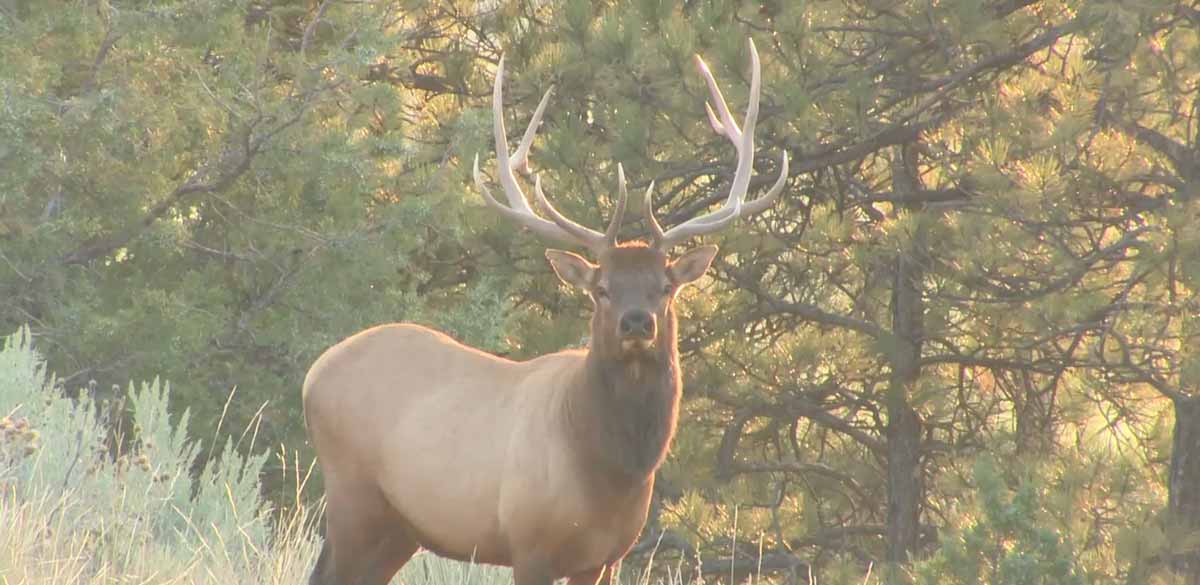Last bow season, I found myself on an airplane next to a hunter from Florida who was heading to Colorado to chase elk. He asked me point blank, “If I shoot a monster bull, how can I get the antlers home?” I didn’t know, but I told him we’d figure it out.
First off, does it make sense to take to the skies for your next elk hunt? Not really, says veteran elk hunter Wayne van Zwoll, Bugle’s Rifles & Cartridges columnist for the past 27 years. Wayne lives in Washington state and hunts around the world. His advice to the traveling elk hunter: drive. “Given the restrictions on gear and extra fees, it’s your best economical option,” he says. We’ll let you do the math.
Antlers
The only airline with a mention of antlers on their website is United. They restrict your bull’s headgear to 120 inches (L+W+H), which is roughly a raghorn bull. But would you seriously trust your prized antlers to the airlines? The best thing to do is shop around with taxidermists near your hunting destination. Many will crate and ship your head as ground freight, and they are able to get cheaper rates with shippers based on their volume. For instance, Game Trails Taxidermy in Florence, Montana, beetled, bleached, built a crate and shipped a European elk mount to Connecticut recently for $525. Want to cut that cost? Be willing to meet the semi at a loading dock with your pick-up. As always, rates fluctuate with fuel prices and the bigger the elk, the bigger the shipping charge.
Meat
Thankfully, meat seems to be more reasonable to ship than antlers, but don’t think you’ll get off easy. For most airlines, you can check up to a 50-pound cooler of frozen/processed elk for a typical bag fee, which can range from free to $50, depending on the airline. Go over the 50-pound limit, and you’re looking at anywhere from $50-$200 in extra fees. An average processed elk will get you about 200 pounds of meat. It seems a pretty good deal, but you’re gambling on the meat being there at baggage claim. You could have the processor ship it to you. One game processor in Missoula charges $.80/pound to process and $3.50/pound to ship it. Those numbers add up fast. If you drive, look up “portable freezers” online and you’ll have an array of options to get your meat home in the back of your pick-up. You can also rely on the old-school solution of high‑quality coolers and either “wet” or dry ice. Pouring 3 inches of water into the bottom of the cooler and freezing it solid makes a great, long-lasting base.
Guns and Bows
And finally, perhaps the least painful of all hunting baggage is the actual weapon itself. TSA makes it clear on their website that you can travel with your rifle and your bow, but you need to follow the rules. First, be sure to tell the ticketing agent that you are checking a weapon. TSA will ask you to open the case prior to checking it. Do not skimp on a hard-sided case and TSA-certified locks for your weapon. You want to hunt with your rifle, right? So think of it as insurance. It’s a good idea to remove the bolt from your rifle prior to inspection. You are allowed to put ammo in your gun case, but it needs to be contained so there’s no chance it can roll around and set off a primer. Stick around to watch the TSA agents lock up your case and cross your fingers it makes it to elk country. As always, do yourself a favor and read the guidelines on TSA’s website before traveling. After all, you have to get yourself and your weapon to elk country before you need to worry about getting the meat and antlers home.
